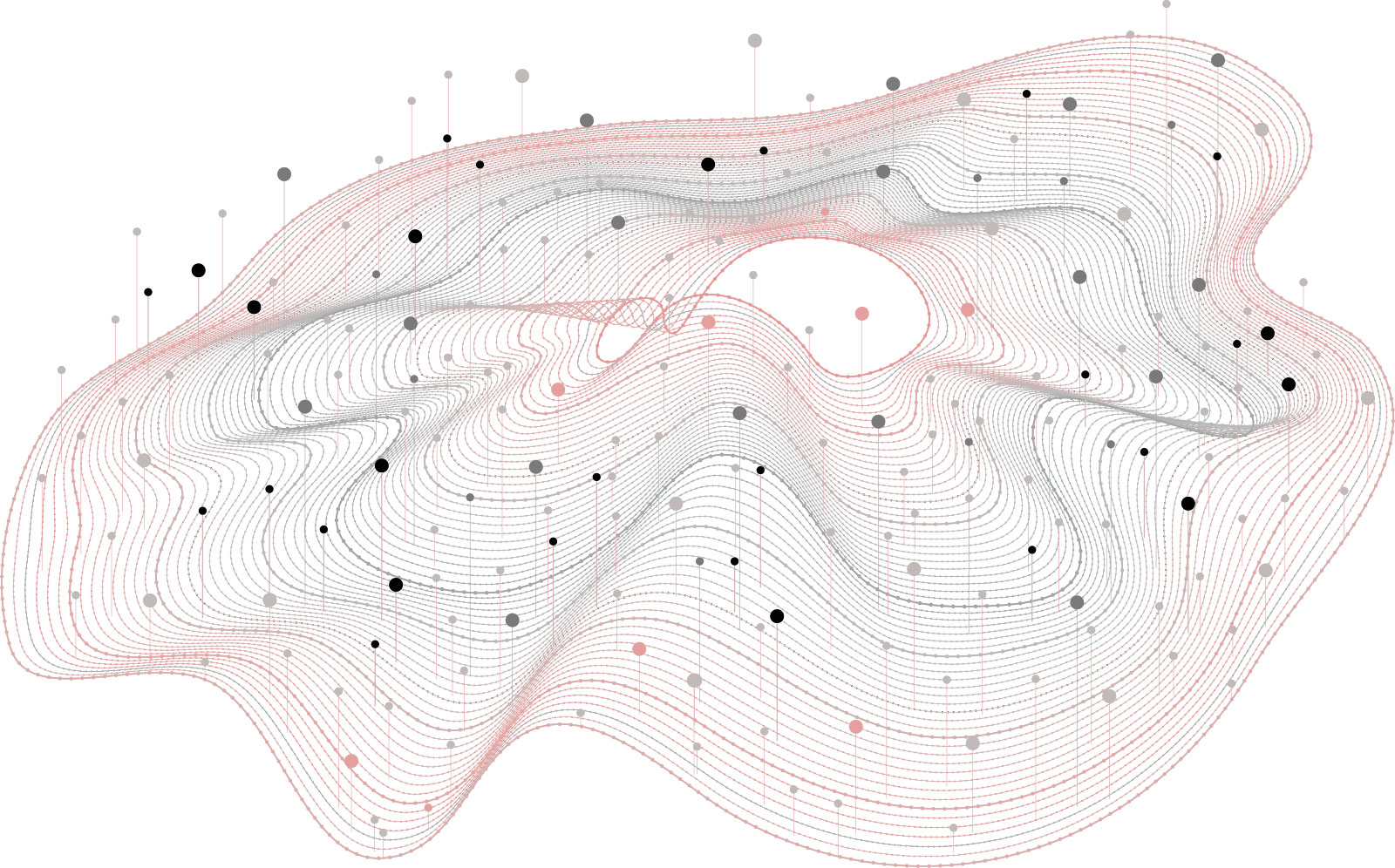As the connection between product information management and the bottom-line becomes increasingly evident, enterprises are recognizing that beyond the hype of a "sound PIM implementation" lies tangible results – real, expected outcomes from any successful PIM project. According to feedback from businesses and IT experts involved in PIM projects, challenges such as a lack of stakeholder buy-in and significant resistance to change often surpass technological readiness.
The key to overcoming these obstacles is a cultural shift, representing the initial step towards achieving digital equality with peer enterprises and aligning with the needs of customers. Consequently, a PIM project should not only align with an enterprise's mission and vision, but also its volition to be effective.
A successful PIM project addresses resistance to change, builds confidence, and links PIM practices with enterprise goals. Starting with a commitment to support key strategies, the process ensures digital transformation aligned with ambitions. A sound approach is to begin your PIM project by reviewing your IT program, analyzing product master data placement, and evaluating all available PIM systems to create a vision for the project.
After aligning your business's long-term vision and strategy with the PIM project, the next step is to analyze the current state of the product lifecycle. Define the future roadmap, scope, and project success criteria. Determine tasks and their priorities and select suitable technology and architecture. Identify key stakeholders, their roles, and responsibilities. Based on the urgency to address data issues, decide whether to progress gradually—crawl, walk, run—or expedite the process—fly.
Seven steps to help you achieve an impactful PIM implementation
- Customer’s Strategy
Understanding Perception, Positioning, Plan
For a PIM provider, understanding the organization's high-level business objectives, business model, and digital strategy alignment is crucial. Identifying specific challenges and tangible benefits, such as ROI improvement and cost reduction, is essential. Assessing the need for global information reuse and determining the expected advantages of PIM, including potential system replacements, is vital. Additionally, considering internal perceptions and anticipating the impact on the organization's positioning and business ecosystem adjustment is key.
- Big Picture
Know the Existing Product Management
Given the involvement of products, understanding the existing product management and product lifecycle is crucial for integrating a new PIM system with functions like marketing, sales, and services. Evaluate the current state of product data management (PDM) and product lifecycle management (PLM), with PDM focusing on gathering and managing production-related data. This involves creating, saving, storing, and sharing information to ensure collaboration across various functionalities.
- Output Channel(s)
To fulfill an enterprise's PIM implementation goals, a consistent multichannel strategy is essential for delivering accurate product content. Whether communicating with retailers or managing a global commerce program, streamlined processes are crucial. Adapting to various content needs is important, given the complexity of customer-facing touchpoints. Enterprises must prioritize and determine non-negotiable channels among physical stores, websites, marketplaces, mobile devices, call centers, point-of-sale systems, and social platforms.
- Data Modeling
Where Flexibility is The Key

In PIM implementation, a key step is creating a data model that defines relationships, entities, attributes, and rules for accurate data display in the database. Configuration and testing ensure uniformity in default values, security, and naming conventions. The data model, guided by your PIM, specifies required data and organization but not its actual use. Early clarity on these aspects is crucial for anticipating challenges, much like creating a blueprint for a new construction based on conceptual, logical, or physical models.
- Workflows and Functions
An inflexible workflow often involves manual processes in vendor onboarding, using spreadsheets and email trails, compromising data accuracy, and slowing time-to-market. To enhance efficiency and accuracy, clear responsibilities and specific workflows should be established, incorporating remarks, reviews, and permissions, such as a simple process requiring an image for a specific product.
- Data Migration and Interfaces
Migrating data from legacy systems requires ensuring its quality through profiling and cleansing. Program-specific data may need interpretation, conversion, and synchronization for consistency. Achieving a seamless data flow involves smooth imports from various sources, and a smart PIM system should offer multi-layered import capabilities for efficiency. Interfaces with other systems contribute to data consolidation, typically requiring manual handling. Customizable user interfaces are crucial for intuitive data management, and a robust PIM system with flexible import/export features can centralize and automate data processes, adjusting to specific requirements.
- Organizational Matters
Approval from high-ranking line-of-business (LOB) executives is crucial for any project, especially in larger enterprises where data management complexity is higher. While these executives may delegate it to IT or the CIO, involving a broader group of decision-makers is essential for overall buy-in, reducing costs, and supporting team goals. Providing examples of successful PIM implementations and presenting a clear action plan that outlines goals, potential technologies, and processes is necessary. Certain key aspects must be communicated to your PIM provider before initiating a project.
Regardless of your PIM project's specifics, Pimcore excels in centralizing product data and seamlessly integrating with existing IT systems. It consolidates and integrates digital data of any size or format, offering unique compatibility. Pimcore's API-led architecture facilitates swift connections to various systems, prioritizing customer-centric business drivers like experience and service for enhanced customer loyalty.
Pimcore gets you desired results, by offering the following:
- Open source PIM for enterprises
- No recurring costs
- No license fee
- Advanced product data integration
- Eliminates data silos
- Omnichannel enablement
- Channel agnostic seamless engagement
- 100% API-driven
- Connect anything approach
Work with TORQ on your next PIM project, and yield the results of a perfect PIM project.
This article is a summary of Pimcore's Guide to deliver a perfect PIM Project whitepaper. We have pulled key points for you to easily digest.













